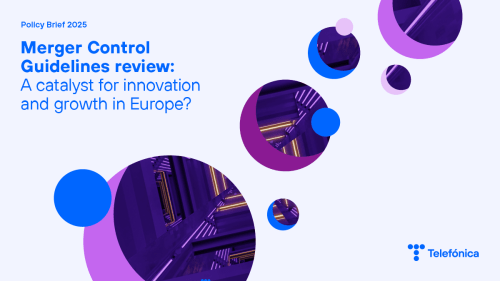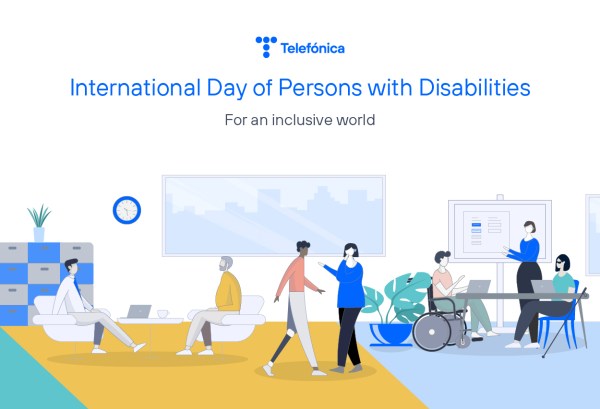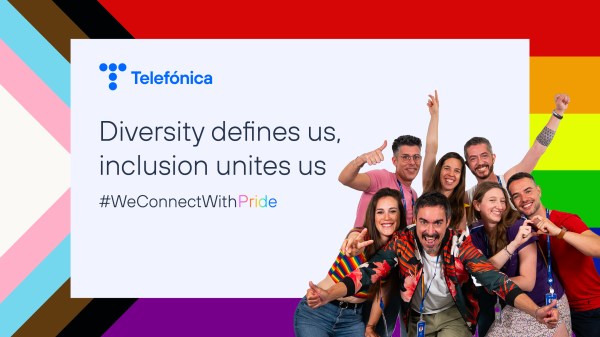It’s as if the lanyard has the ability to tell people: ‘Hey, pay attention, maybe there’s a need here that requires a little more attention.’ Some people already understand the importance of being present, while others are still discovering how to be inclusive in their daily lives.
The sunflower lanyard is not compulsory, it emerged as an initiative to help identify people with non-apparent disabilities, such as hearing impairment, autism, ADHD and chronic illnesses.
In Brazil it is protected by Law 14.624/23 and does not require a medical certificate, and there is no bureaucracy involved. It is just a simple and visual way of showing that sometimes a more patient and adapted service makes all the difference in the experience of customers with such needs.
Commitment to diversity and inclusion
At Vivo, the sunflower lanyard is a symbolic and important gesture to show the company’s commitment to diversity and social inclusion. Small gestures like this help create a more welcoming environment not only for employees, but also for customers.
It also demonstrates a culture that values individual differences and understands that accessibility transcends physical appearance. Furthermore, it is present in the way we relate to and help each other.
If the journey towards inclusion begins with the social and cultural awareness of everyone involved in the inclusive process, technology manifests itself as a tool to enable and expand that inclusion. At Vivo, we face the constant challenge of using creativity and innovation to provide a service that is accessible to all individuals.
This is something that can also be seen in some companies that are experimenting with innovative technologies that have promised to completely transform the customer experience, by paying attention to simple details.
Technology can improve accessibility for non-apparent disabilities
With the advancement of artificial intelligence, virtual assistants are increasingly able to recognise clues that indicate when a customer needs personalised attention. For example, if a hearing-impaired customer chooses to communicate by text, the system can automatically forward them to a chat instead of a voice call.
In addition, voice assistants have the potential to be improved in such a way as to provide more accessible commands and give greater autonomy to customers with visual or motor disabilities when using operator services.
It also makes sense to ensure that online applications and websites are developed with the digital accessibility that includes support for screen readers, adapting intuitive buttons with different contrast options for users with visual impairments.
For hearing-impaired people like me, it would be great to have an ‘Accessibility’ option in all apps where the user could choose their attention preferences – such as chat instead of phone call -, support in sign language or a slower response time for those who need to process the information calmly.
Step by step we are making progress and seeing how technology is a great ally in inclusion. Together they can significantly improve the customer experience.
Staff training and application of inclusive resources
It is necessary for professionals to be properly trained to use new technologies efficiently in their daily activities.
Furthermore, in the 21st century, standing out in digital and face-to-face service in the field of diversity can translate into a significant increase in a company’s sales. In practice, what we are seeing is that the inclusion of resources that signal non-apparent disabilities, such as sunflower lanyards, automatic Libras translators or videoconferencing support for customers with hearing disabilities, is a favourable investment for everyone, since, by using the right tools, we can transform the customer experience and ensure that no one is left behind.








